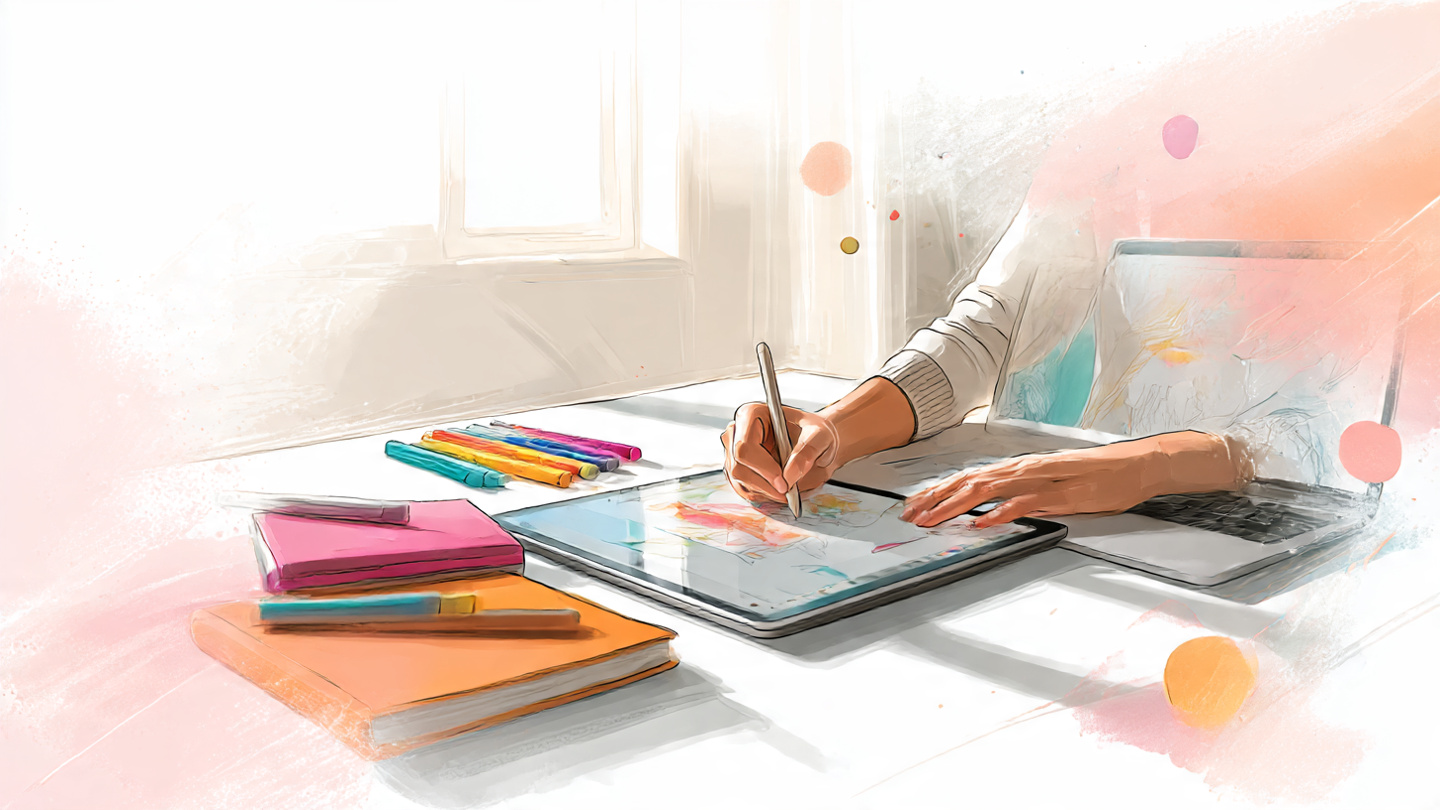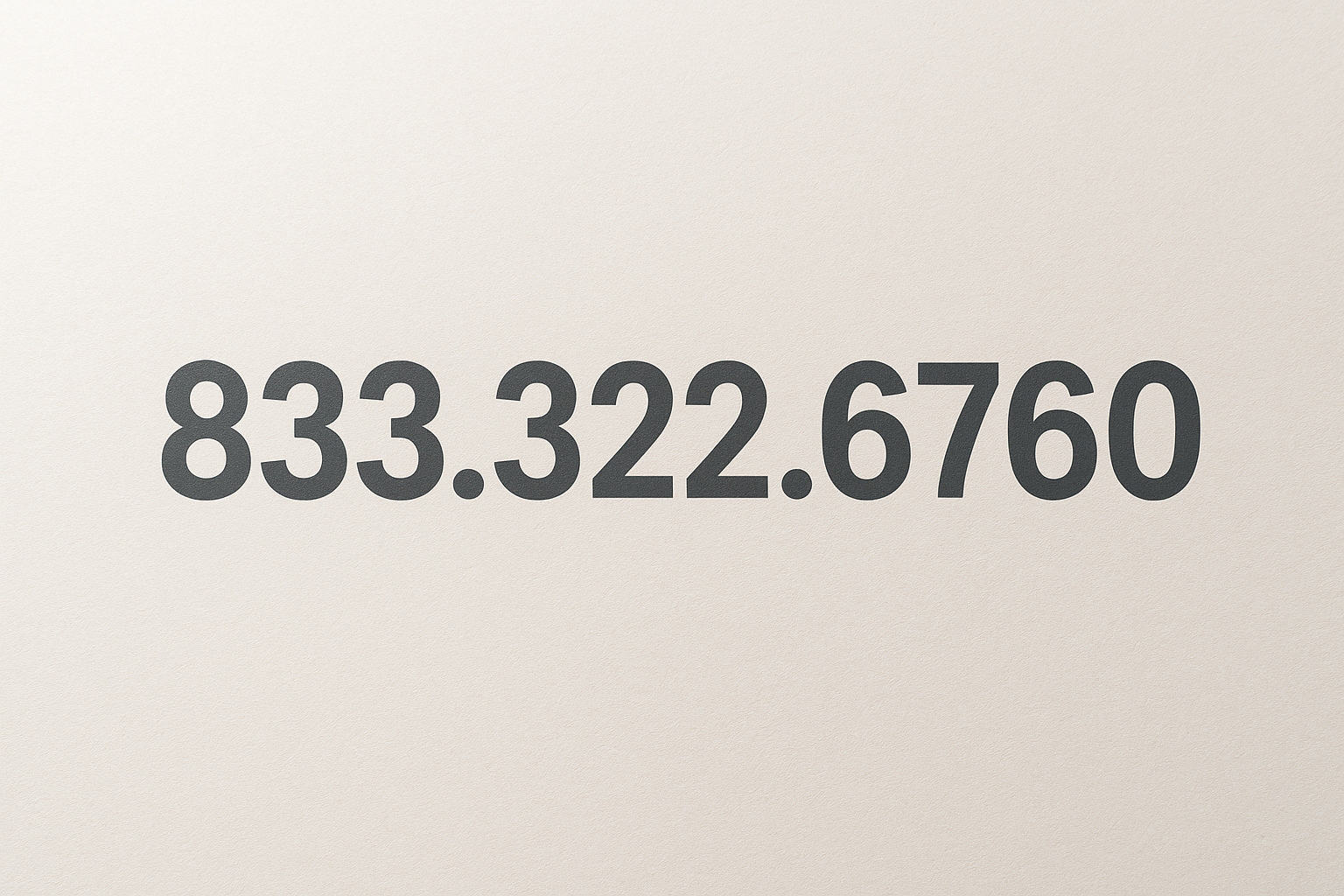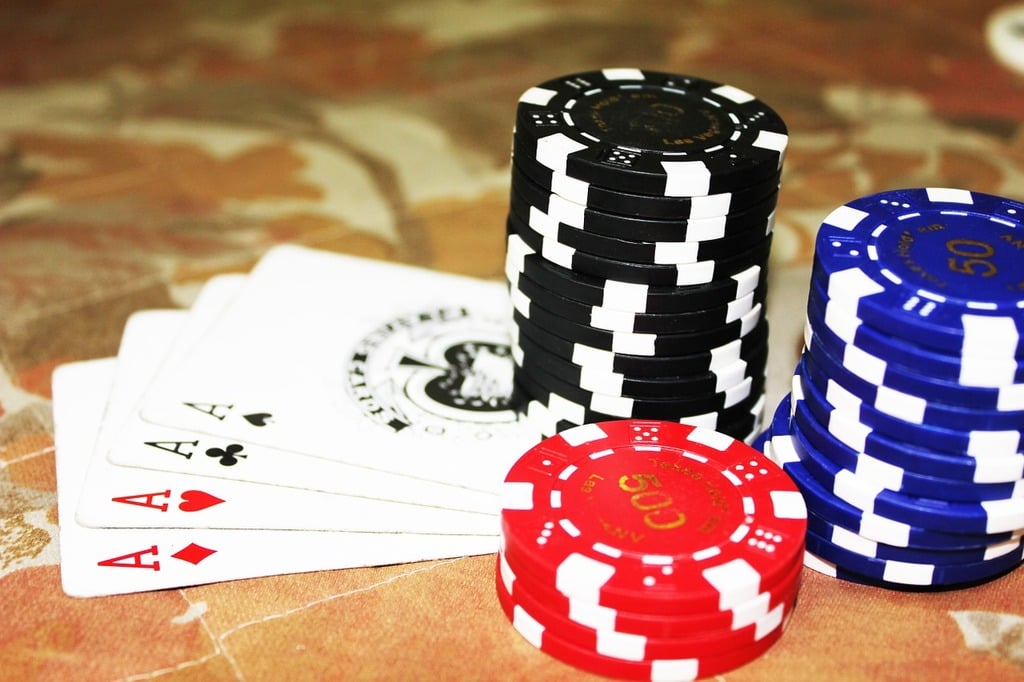Poker 101 – Are You Game for Some Fun with Folds and Flops?
Ever thought about going pro in poker, but found yourself tangled up in the jargon of flops, folds, and flushes? This easy-going poker guide is here to help you get a grip on the basics and get you ready for your next game night. Learn the cheeky art of bluffing, decipher poker hands like a pro, and master strategies that’ll have your mates in awe – all while having a blast.
The Art of Bluffing
Bluffing is at the heart of the art of bluffing in poker. It’s that bit of psychological trickery that sets poker apart from other card games. But remember, bluffing isn’t just about telling porkies left, right and centre. It’s a delicate dance of making your opponents believe you’ve got a stronger hand than you really do.
Here are some top tips for mastering the bluff:
The Psychology Behind Bluffing
- Read your mates: Pay attention to how they play. Are they risk-takers or prefer to play it safe? Understanding their styles will help you decide when and who to bluff.
- Consider your table image: If you’ve been playing conservatively, your bluffs are more likely to be swallowed hook, line and sinker. But if you’ve been caught fibbing recently, they might be onto you.
- Pick your moments: Bluff when the board and betting action make your story seem legit. For example, if you’ve been betting big on a board that could complete a straight, they might just believe you’ve got one.
How to Spot a Bluff
- Stay consistent: Your betting pattern should tell a convincing tale throughout the hand. If you’re acting like you’ve got a monster, bet accordingly every round.
- Have a backup plan: Sometimes, your bluff might get called. In those cases, it’s good to have outs (cards that can improve your hand) so you’re not totally sunk.
Getting the Hang of Poker Hands
Knowing which poker hands beat which is crucial for making smart decisions. Let’s use this poker cheat sheet to break down the hands from best to worst:
Recognising Winning Hands
- Royal Flush: The creme de la creme. A, K, Q, J, 10, all the same suit. An absolute beast.
- Straight Flush: Five consecutive cards of the same suit. Like 7♠, 8♠, 9♠, 10♠, J♠.
- Four of a Kind: Four cards of the same rank, plus a kicker. Think 9♠, 9♣, 9♥, 9♦, K♠.
The Role of Suit in Poker Hands
- Full House: Three of a kind, plus a pair. For instance, Q♠, Q♥, Q♦, 5♣, 5♠.
- Flush: Any five cards of the same suit, not in sequence. Like A♥, J♥, 8♥, 6♥, 2♥.
- Straight: Five consecutive cards of any suit. Say, 5♠, 6♦, 7♥, 8♣, 9♠.
Always consider the community cards and how your opponents are betting to judge the strength of your hand.
Getting Ahead with Poker Strategy
Now that we’ve covered bluffing and hand rankings, let’s dive into some simple but effective poker strategies:
The Importance of Position
- Position is power: In games like strategies used in Texas Holdem poker, acting last gives you a massive advantage. You get to see how everyone else plays their hand before making your move.
- Start tight, play aggressive: Especially when you’re just starting out, it’s wise to play fewer hands but bet big when you do. This “tight-aggressive” style helps avoid tricky situations with iffy hands.
Balancing Aggression and Patience
- Get to know your opponents: Poker’s all about the incomplete info game. The more you can suss out about your mates’ playing styles and tendencies, the better decisions you can make. Do they play loads of hands or just a few premium ones? Aggressive or laid-back?
- Manage that bankroll: This one’s more about your overall approach than in-game tactics, but it’s still crucial. Never gamble more than you can afford to lose, and be ready for poker’s inevitable swings.
- Pot odds and implied odds: Sounds like a lot of old cobblers, right? But understanding these maths-based concepts will help you make solid decisions about when to bet, call or fold.
- Mix it up: If you always play the same way, those eagle-eyed opponents will be onto you. Sometimes go slow with your strong hands, sometimes bluff those fishy ones. Keep ’em guessing!
- Learn from mistakes: After each session, review your play. Which hands did you boss? Where did you flub it up? Self-analysis is key to sharpening your game.
Wrapping Up Our Poker Journey
We’ve taken you through the tricks of the bluffing trade, helped you get to grips with poker hands, and handed you simple strategies to up your game. But really, this is just the start of your poker escapades. It’s a game you can pick up in a jiffy, but you’ll be fine-tuning your skills for a good while yet.
So, what’re you waiting for? Rally your mates, set up a cosy home game, or try your hand at an online poker room. Put what you’ve picked up into practice, and above all, have a blast with the game. Don’t forget to share your experiences (and any fresh bluffing tales!) in the comments below.











